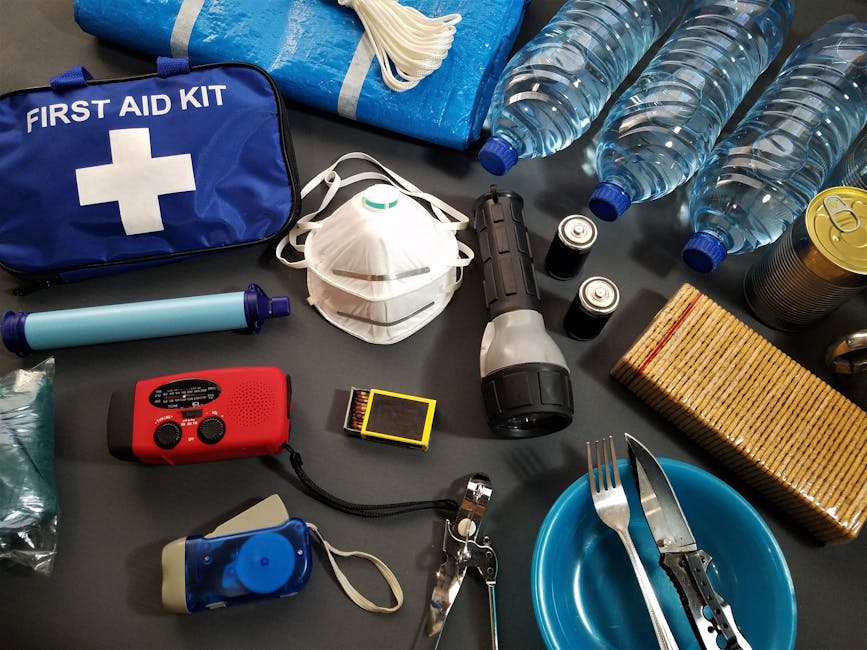Basic First Aid for Survival Situations

Basic First Aid for Survival Situations
Table of Contents
1. Understanding Basic First Aid
2. Assessing the Situation
3. Handling Bleeding and Wounds
4. Dealing with Fractures and Sprains
5. Managing Burns and Scalds
6. Recognizing and Treating Shock
7. Coping with Heat Exhaustion and Heatstroke
8. Handling Bites and Stings
9. Preparing a First Aid Kit for Survival Situations
10. Conclusion
Understanding Basic First Aid
In survival situations, knowing basic first aid can mean the difference between life and death. Whether you’re hiking in the wilderness, caught in a natural disaster, or facing any other emergency, being prepared with first aid knowledge is crucial. This article will guide you through the essential first aid skills you need to survive.
Assessing the Situation
Before you jump into action, it’s important to assess the situation. Ensure your safety first; you can’t help others if you become injured yourself. Check for dangers such as fire, falling debris, or unstable ground. Once you’re safe, approach the injured person and assess their condition. Look for responsiveness, breathing, and any obvious injuries.
Handling Bleeding and Wounds
Bleeding can be life-threatening if not controlled quickly. Apply direct pressure to the wound with a clean cloth or bandage. If the bleeding doesn’t stop, elevate the injured area above the heart level. For severe bleeding, you may need to apply a tourniquet, but only as a last resort.
Dealing with Fractures and Sprains
Fractures and sprains can immobilize a person. Immobilize the injured area with a splint made from sticks, cardboard, or other rigid materials. Avoid moving the person unless necessary, and seek professional medical help as soon as possible.
Managing Burns and Scalds
Burns require immediate attention. Cool the burn under running water for at least 10 minutes. Do not apply ice, as it can cause further damage. Cover the burn with a sterile dressing and seek medical help if the burn is severe.
Recognizing and Treating Shock
Shock is a life-threatening condition that can occur after severe injury or trauma. Symptoms include pale, clammy skin, rapid pulse, and shallow breathing. Lay the person down with their feet elevated and cover them with a blanket. Do not give them anything to eat or drink and seek medical help immediately.
Coping with Heat Exhaustion and Heatstroke
In hot environments, heat exhaustion and heatstroke are real risks. Symptoms include headache, dizziness, and nausea. Move the person to a cooler place, remove excess clothing, and cool them down with water or wet cloths. If they become unresponsive or have a seizure, it’s heatstroke, and you must seek medical help right away.
Handling Bites and Stings
Bites and stings can be painful and sometimes dangerous. Remove any stingers by scraping with a flat edge, like a credit card. Wash the area with soap and water and apply a cold pack to reduce swelling. Monitor for signs of an allergic reaction, such as difficulty breathing, and seek medical help if necessary.
Preparing a First Aid Kit for Survival Situations
A well-stocked first aid kit is a must-have in survival situations. Your kit should include bandages, antiseptic wipes, adhesive tape, scissors, tweezers, pain relievers, and any personal medications. Customize your kit based on your environment and the activities you’ll be undertaking.
Conclusion
Basic first aid knowledge is essential for anyone who may find themselves in a survival situation. By understanding how to assess the situation, handle injuries, and prepare a first aid kit, you can increase your chances of survival and help others in need. Remember, the key is to stay calm, act quickly, and seek professional medical help whenever possible.